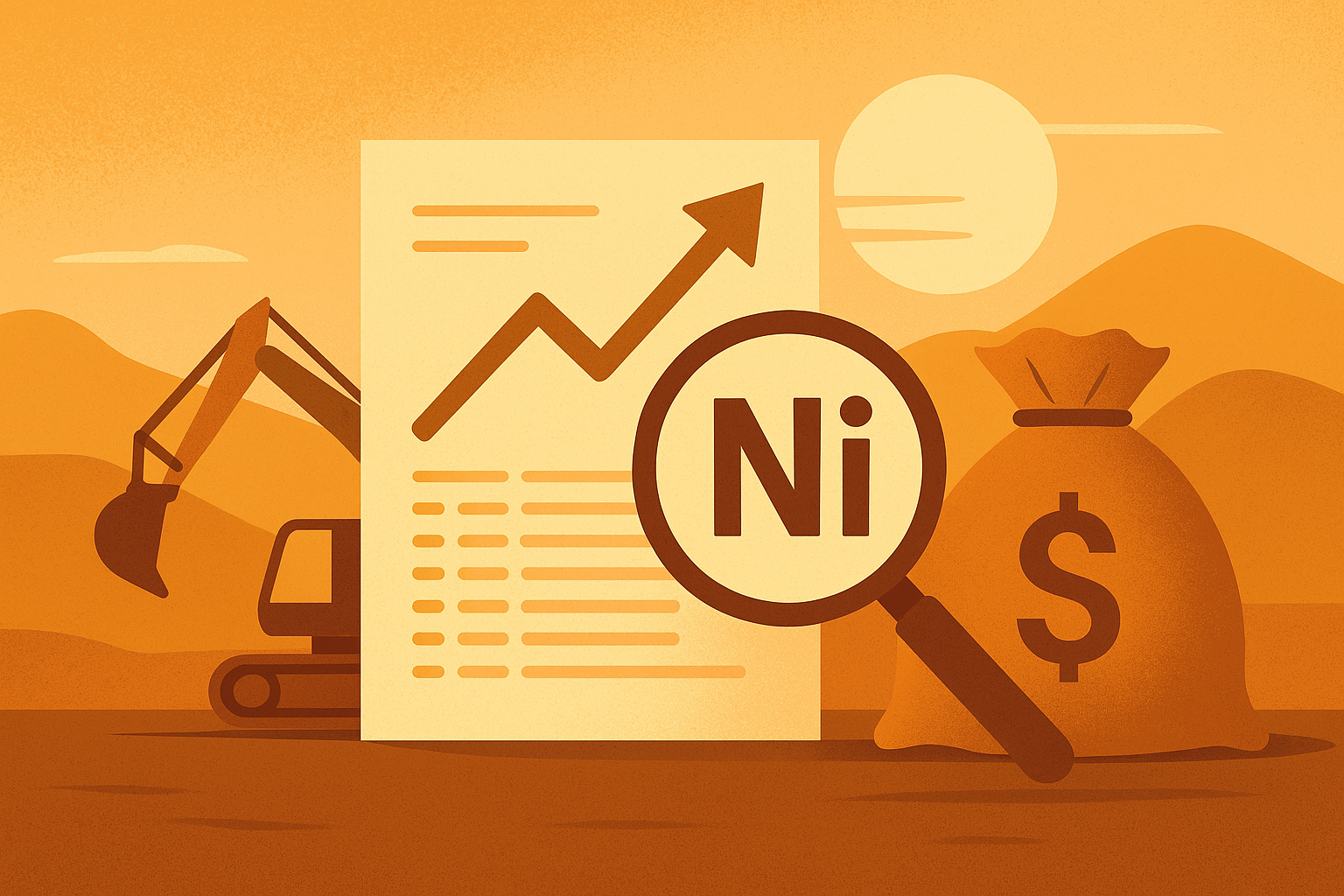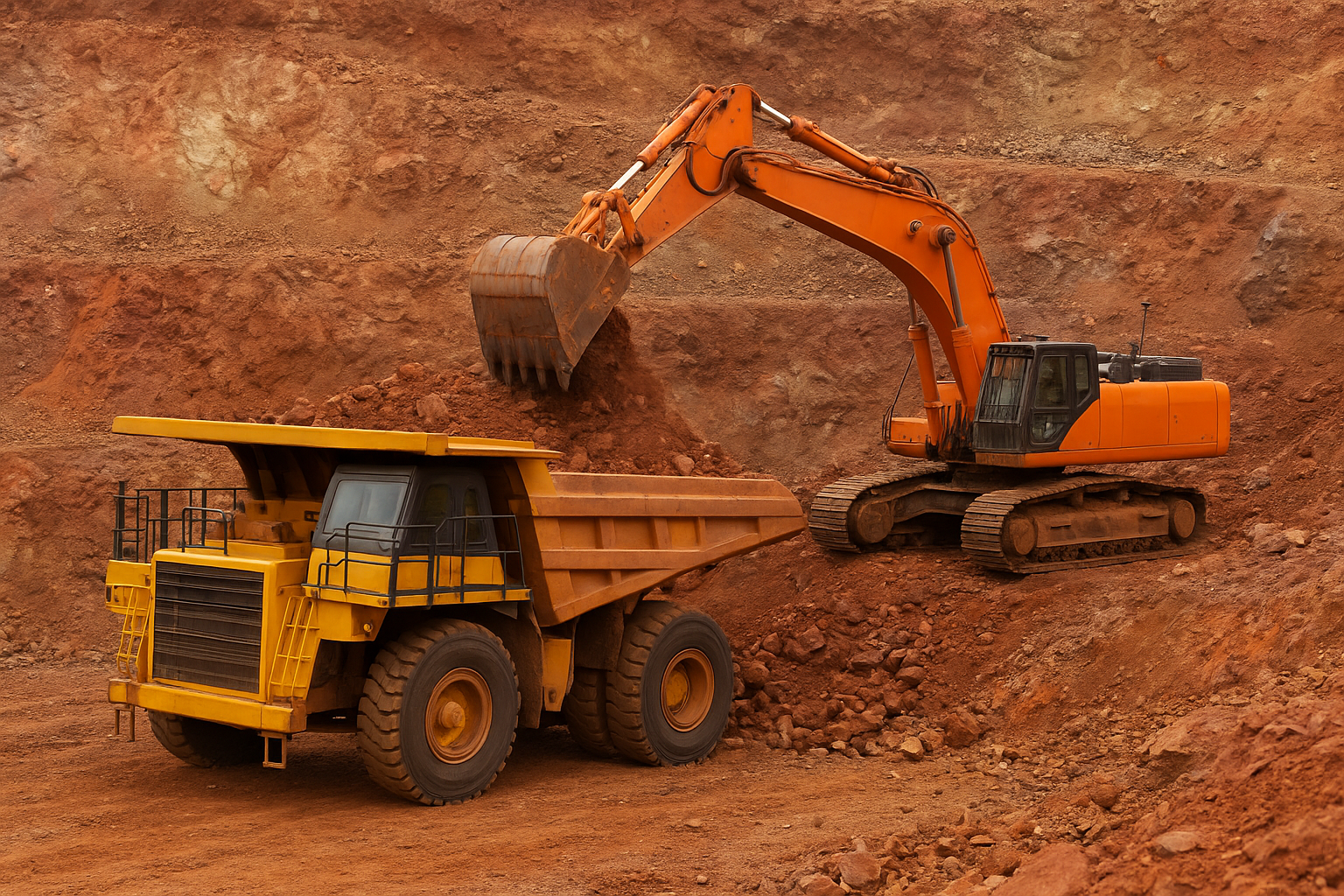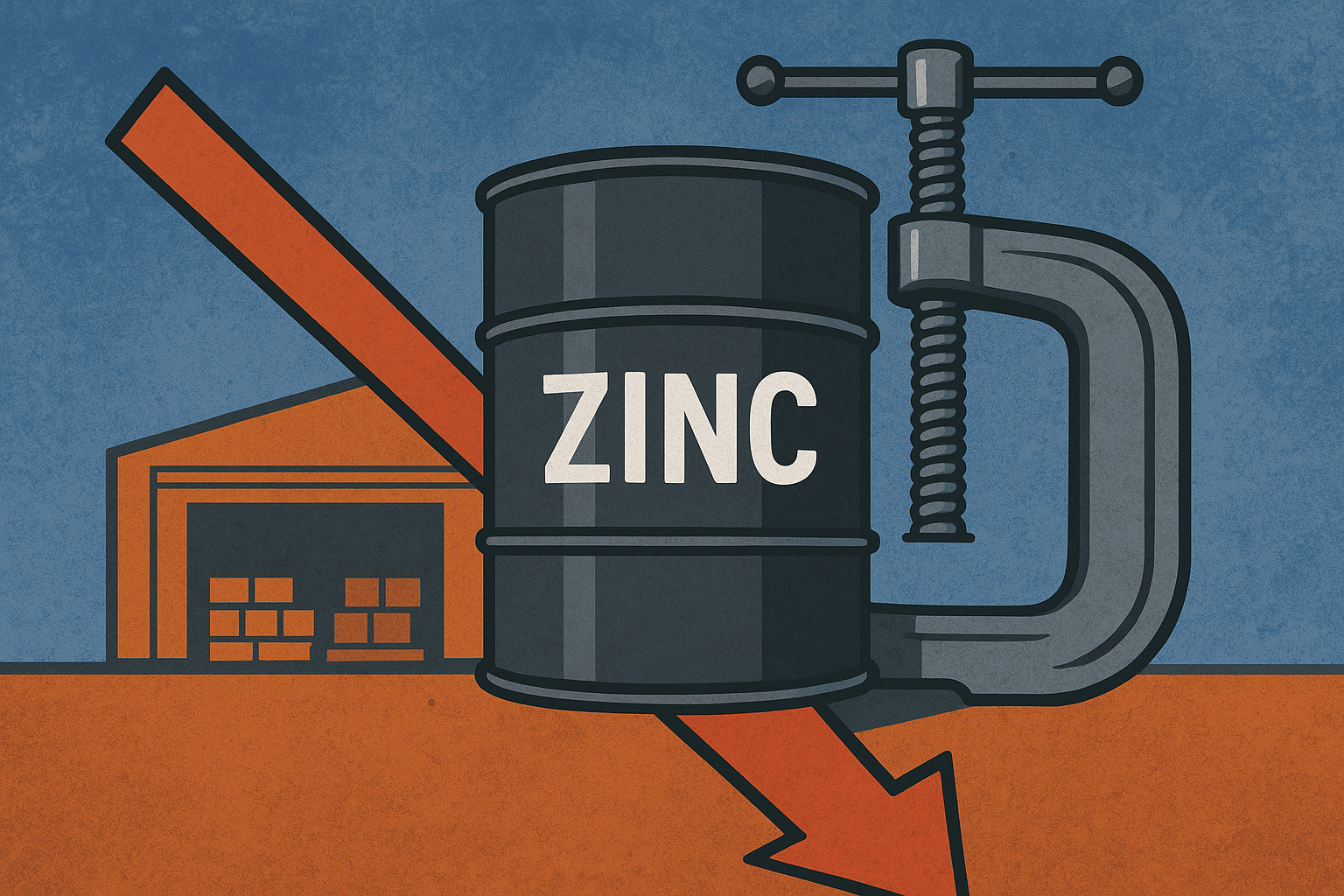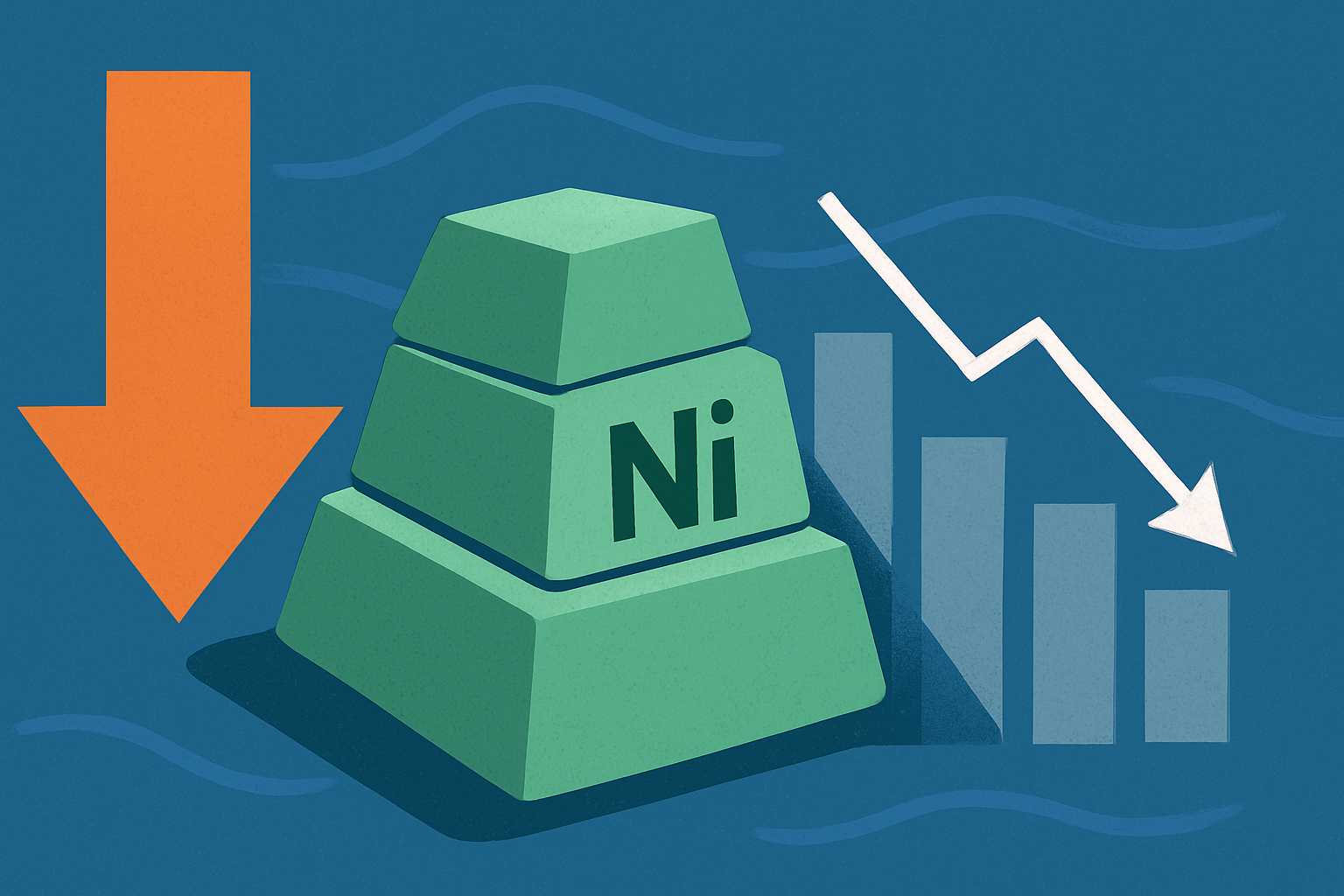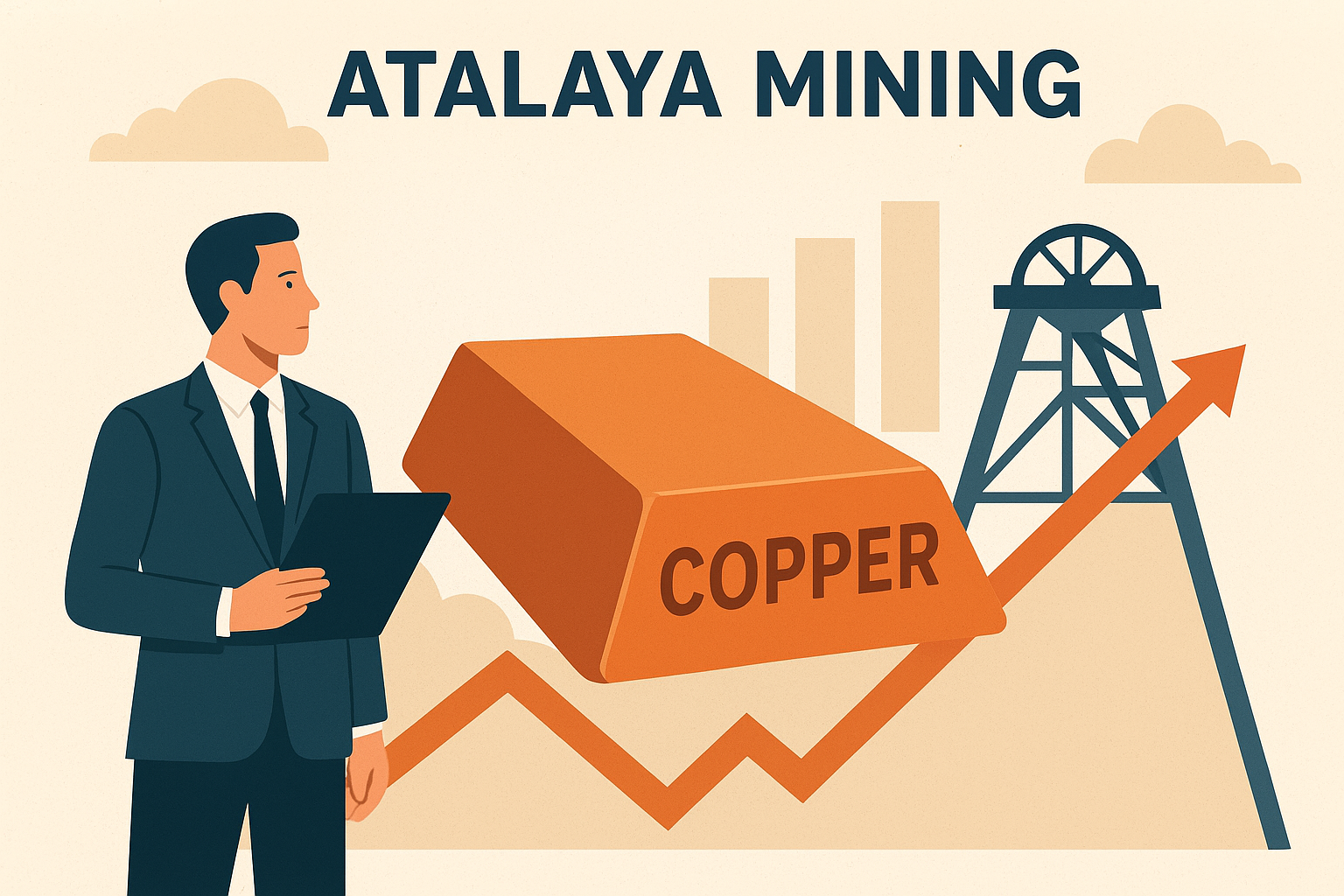As global commodity markets navigate a period of volatility, Vale S.A. (NYSE: VALE) has taken a decisive financial step that could reshape investor confidence in its balance sheet and nickel exposure. The Brazilian mining giant announced plans to repurchase up to US$3 billion in perpetual bonds, a move aimed at reducing debt service costs and improving financial flexibility amid fluctuating metal prices.
The announcement, first reported by MINING.COM, underscores Vale’s strategic intent to shore up its capital structure at a time when investors are closely watching how major producers balance leverage with growth investment.
A Strategic Reset for a Diversified Giant
Vale’s decision to buy back perpetual bonds — a type of hybrid debt that functions like equity but carries fixed interest obligations — represents a calculated effort to optimize its balance sheet. The miner, one of the world’s largest producers of iron ore and nickel, has faced earnings pressure as nickel prices hover near multi-year lows, largely due to surging supply from Indonesia and a slowdown in electric vehicle (EV) demand growth.
According to Bloomberg, nickel prices have fallen roughly 35% year-to-date, settling near US$15,000 per tonne, a stark contrast to their highs during the 2022 battery metals rally. Vale’s nickel segment, which includes operations in Canada and Indonesia, has seen narrowing margins — making financial prudence a key investor concern.
By retiring expensive debt, Vale stands to save an estimated US$150–200 million annually in interest costs, according to analyst models. This could directly enhance free cash flow, giving the company latitude to reinvest in its core nickel and copper businesses or pursue strategic M&A within the energy metals space.
Why This Matters for Investors
This bond buyback is more than just a financial housekeeping exercise — it’s a signal. Vale appears to be preparing for a longer-term repositioning of its nickel portfolio, which has been under review amid talks of partial divestments and potential partnerships.
The company’s Vale Base Metals (VBM) division, which houses its nickel, copper, and cobalt assets, remains a cornerstone of its energy transition narrative. Last year, Manara Minerals, backed by Saudi Arabia’s Public Investment Fund, acquired a 10% stake in VBM for US$2.6 billion, valuing the division at US$26 billion.
That transaction — combined with this bond repurchase — reflects Vale’s broader objective: to streamline its capital structure and position its battery metal business as a separately valued growth engine.
Reuters reports that Vale executives continue to emphasize discipline and shareholder returns. “Our capital allocation priorities remain unchanged — deleveraging, dividends, and selective growth in base metals,” the company stated. This buyback aligns perfectly with that mantra.
The Nickel Market Context
The nickel sector is currently in flux. Indonesia, which now accounts for over 55% of global nickel supply, continues to expand production capacity through low-cost laterite projects, pressuring global prices. Meanwhile, producers in Canada, Australia, and New Caledonia are grappling with cost inflation, energy constraints, and declining ore grades.
Despite near-term weakness, long-term fundamentals remain compelling. The International Energy Agency (IEA) forecasts nickel demand from the EV sector to triple by 2030, with clean energy applications accounting for more than 50% of new demand growth.
Vale’s challenge — and opportunity — lies in bridging this short-term oversupply with its long-term strategic ambitions. By improving its balance sheet today, the company is effectively buying optionality for future investment once market conditions improve.
Future Trends to Watch
- Nickel Price Stabilization: Investors should watch whether prices hold above the US$15,000/ton threshold. Sustained weakness could accelerate consolidation among mid-tier producers.
- Vale’s Capital Deployment: Reduced leverage could pave the way for selective expansion in Canada or potential JV announcements in Indonesia.
- Energy Transition Momentum: As global automakers ramp up EV battery capacity, supply-demand dynamics could shift in Vale’s favor by 2026–2027.
- Bond Market Response: The success of the buyback — gauged by participation rates and yield spreads — will reveal market confidence in Vale’s financial strategy.
Key Investment Insight
For investors, this is primarily a capital structure story with commodity leverage on the side. Vale’s bond repurchase enhances balance sheet strength, which in turn can provide a platform for future value creation as nickel and copper markets recover.
While short-term volatility in metal prices may persist, Vale’s move signals operational confidence and prudent capital management — traits that often precede revaluation in cyclical sectors. For portfolio managers seeking exposure to large-cap miners positioned for the energy transition, Vale’s restructuring could mark an inflection point worth monitoring.
Stay Informed with ExplorationStocks.com
As global mining leaders reposition for the next phase of the commodities cycle, staying ahead of strategic financial maneuvers like Vale’s bond repurchase is crucial. Follow explorationstocks.com for the latest investor-driven insights, market analysis, and critical mineral coverage that move markets.

